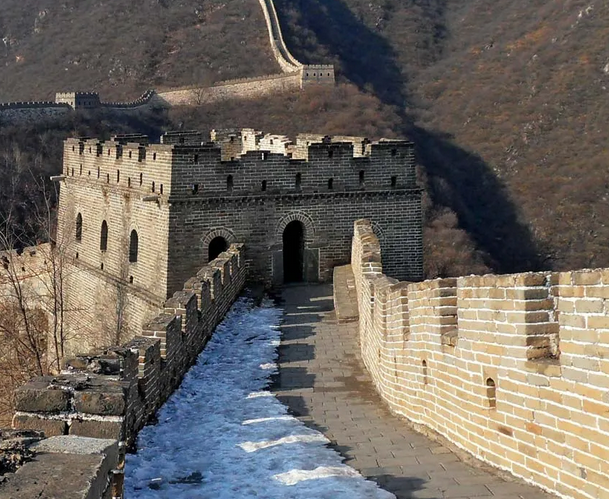Mystery of Biocrusts on the Great Wall of China
For centuries, the Great Wall has stood as a testament to China’s dynastic prowess, embodying both ingenuity and authority. However, a recent collaborative study by researchers from China, the US, and Spain delves into the debate surrounding the impact of biocrusts on this iconic structure.
The Biocrust
Biocrusts, consisting of lichen, bacteria, fungi, moss, and small plants, inhabit mineral surfaces and have sparked controversy within the conservation community. The study aims to unravel whether these living organisms contribute to the weathering of historical monuments or act as a protective shield, enhancing the longevity of these structures.
Extensive Survey of the Great Wall
The research team conducted an exhaustive survey covering approximately 600 kilometers of the Great Wall, with a specific focus on segments in drier climates. Contrary to the perception of a single wall, the Great Wall is a complex series of fortifications, towers, and battlements adapted to different environmental challenges, including arid regions like the Gobi Desert.
Adaptable Construction Materials
Examining the construction materials, ranging from clay-rich soil to sand and pebble layers, highlights the adaptability of the Great Wall to diverse environmental conditions. Older sections, especially those constructed with rammed earth, display signs of biocrusts, sparking exploration into their impact on the preservation or deterioration of the ancient structure.
Balancing Preservation and Aesthetics
The study grapples with finding a balance between the protective benefits of biocrusts and the aesthetic considerations of the Great Wall. While the presence of lichen and moss may alter the visual appeal, the researchers consider whether future generations may accept a “patina of green” as a trade-off for safeguarding one of the world’s most significant architectural treasures.
Climate Change Threats
In the face of climate change threats, the study suggests that understanding the role of biocrusts on the Great Wall may pave the way for embracing protective vegetation as a means of preserving this colossal historical monument for generations to come.
Month: Current Affairs - December, 2023
Category: Environment Current Affairs • Places in News Current Affairs






